I’m in the very privileged position of getting to drive a new car every week. Even so, the chance to drive a Range Rover is a special treat.
Land Rover only releases an all-new version around once a decade.
The current Range Rover is just the fifth version since 1970 and the Range Rover Sport tested here is on its third iteration since it was launched in 2005.
Slightly smaller than the full fat Range Rover Vogue, but still a sizeable car, the Range Rover Sport is more dynamic and easier to manoeuvre than its big brother – while still being just as comfortable and luxurious.
There is a choice of 3.0 litre, six-cylinder petrol and diesel engines but the most interesting options are the two plug-in hybrid (PHEV) models.
Called the P460e and P510e (and having 460hp or 510hp) these pair a 3.0 litre petrol engine with a 38.2kWh battery. According to official figures they can cover 70 miles on electric power alone.
Plug-in hybrid version of new Range Rover Sport
I had the more powerful plug-in hybrid Range Rover Sport during the early January cold snap and it still managed to cover 50 miles on a full charge, which is enough for most daily journeys.
It takes about five hours to charge at home and if you get an overnight tariff you can fill the battery for about £3.
That allows you to do some super cheap motoring, although I’m not sure how many buyers of a £110,000 car will be diligent enough to plug in each night to save £50 a week in petrol.
Unlike most plug-in hybrids, the Range Rover Sport accepts rapid charging. I plugged it into a 50kW charger and the battery was at 80% in under half an hour.
I took the Range Rover Sport to Moffat for a long weekend.
Heading out of Dundee on a miserable afternoon, the big SUV took the rotten weather in its stride.
Rain bouncing off the panoramic roof was inaudible from inside the car, and it drove through standing water on the A90 as if it was a dry road on a summer’s day.
Perched up high and looking down on all but truck drivers, ensconced in a heated seat more comfortable than my living room armchair, I thought to myself: this is why people spend all that money on a Range Rover.
Sharper shape for new model
The latest model has a sharper look than the previous version while still being instantly recognisable as a Range Rover.
Pop-out doorhandles improve aerodynamics, and the car’s overall appearance is sleeker and more modern.
With 510hp on tap, performance is prodigious. Zero to 62mph takes just 5.4 seconds and top speed is 150mph.
It isn’t as fast if you run it in fully electric mode, but if you need a burst of power for overtaking the engine quickly fires into life before turning itself off again once you’re up to cruising speed.
Handling is superb for such a large car, with excellent grip, quick turn-in to corners and very little body lean.
Not many people will take their Range Rover Sport off-road, but I’ve done so several times at the Land Rover Experience in Dunkeld. If you’re happy to get your luxurious SUV dirty, you’ll find it’s exceedingly capable at tackling everything from steep descents to rock crawls and wading through streams.
High-quality interior of Range Rover Sport PHEV
Inside, the quality is superb. There’s a 13.7in driver’s display and a similarly large touchscreen.
The heating controls are now operated using the screen, though, which is fiddlier than pressing a button or twisting a dial.
Seats are made from soft-touch leather and every piece of trim from the wood inlays to the dashboard material feels high quality and built to last.
Despite being shorter than the Range Rover Vogue, the Sport is still a very spacious car. Four large adults can travel in complete comfort and even if you have three in the back it’s unlikely anyone will grumble.
The boot’s very big as well and will easily swallow a couple of dogs or all the luggage for a family holiday.
Really, the only need to spend an extra £20,000 on a Vogue is if you need an incredibly luxurious seven-seater, as the Sport only comes as a five-seater.
Range Rover Sport prices start at around £83,000 and the high-spec plug-in hybrid version I drove came in at £111,000.
That isn’t cheap but, hey, it’s a Range Rover – what do you expect?
The plug-in hybrid models do at least make good company car choices, with a very low benefit-in-kind rating of 5%.
You could buy a modest house in Dundee for less than the price of a Range Rover Sport. But the PHEV version does at least offer low running costs.
And those who can afford one will be buying one of the most luxurious and accomplished SUVs in the world.
Range Rover Sport PHEV – facts:
Price: £111,245
0-62mph: 5.4 seconds
Top speed: 150mph
Economy: 327mpg
CO2 emissions: 20g/km
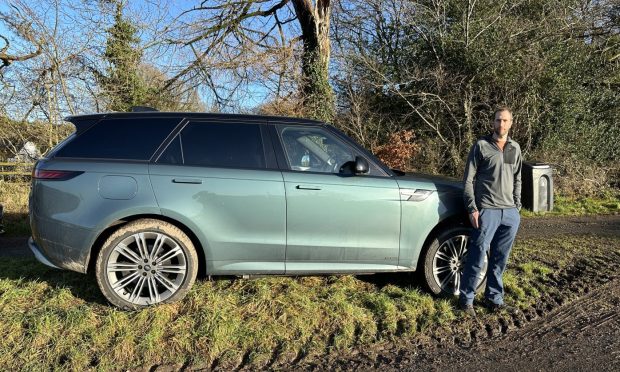
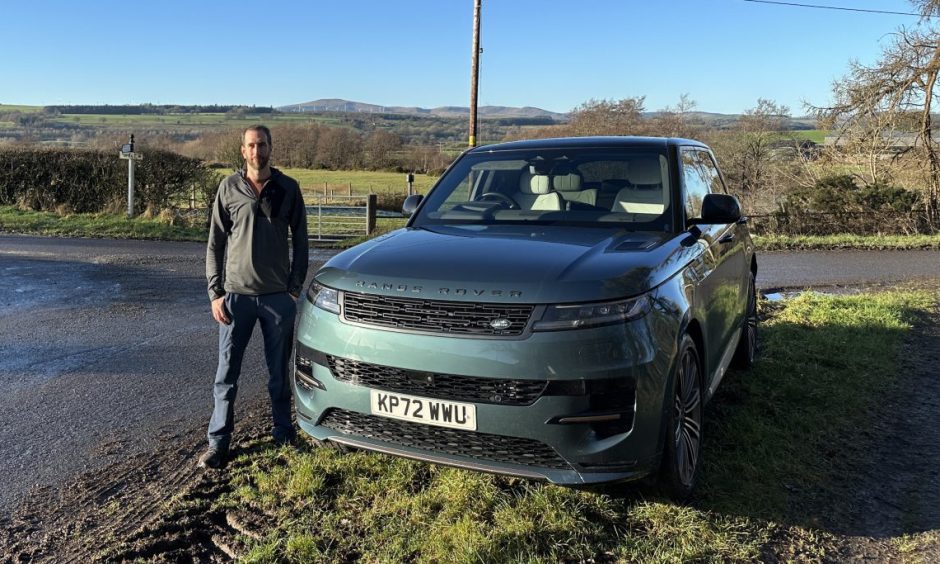
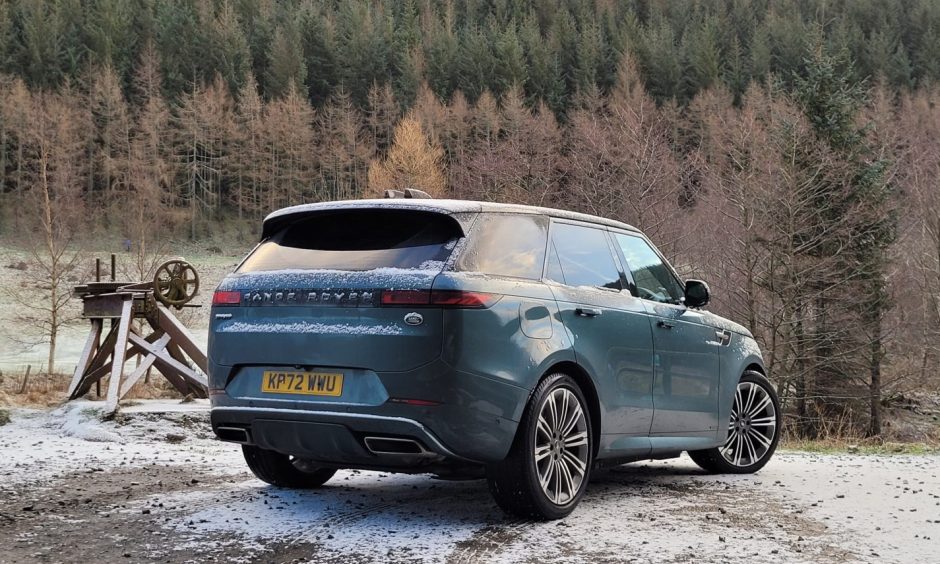
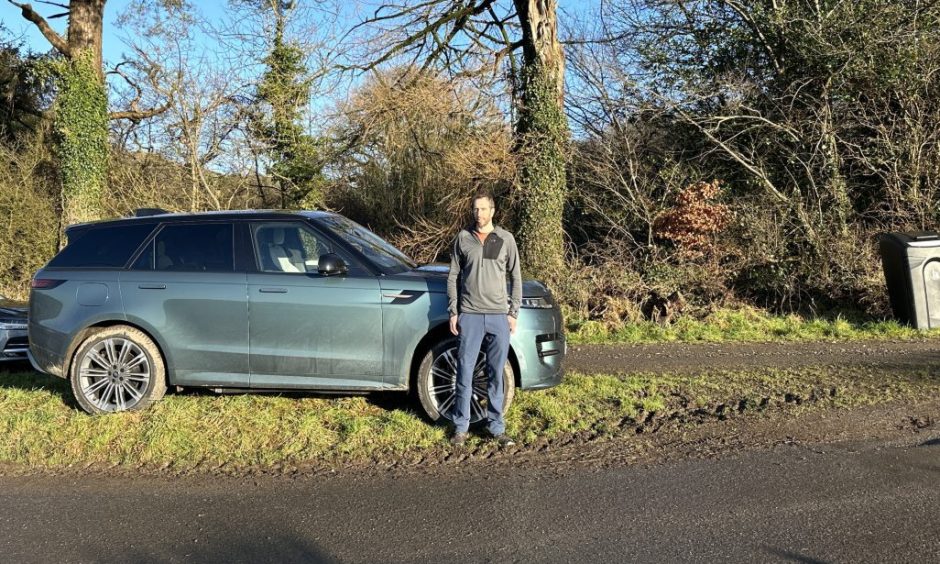
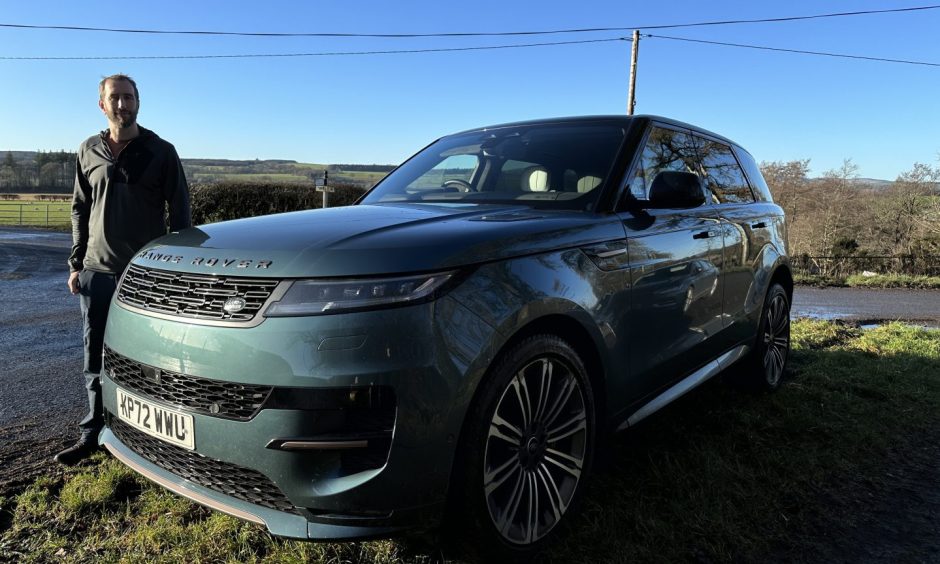
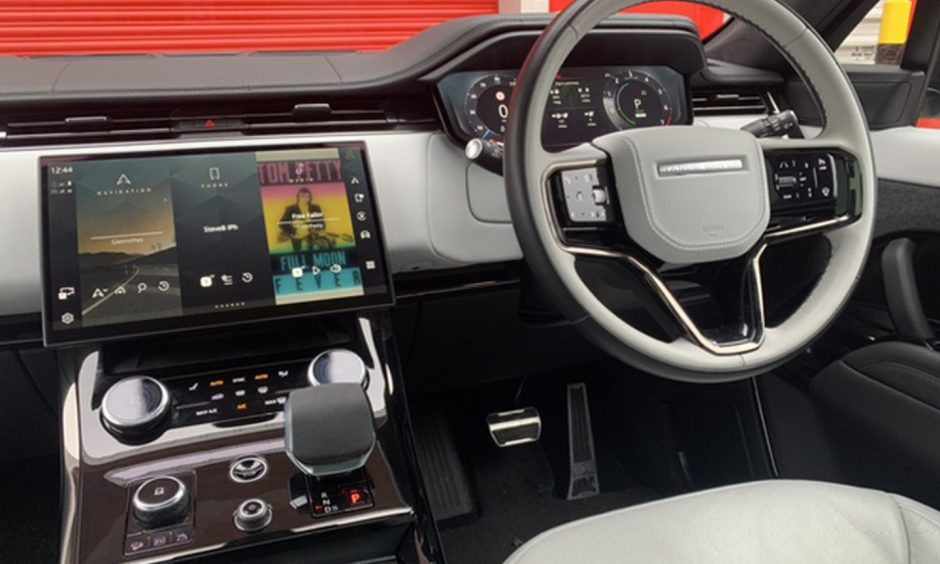
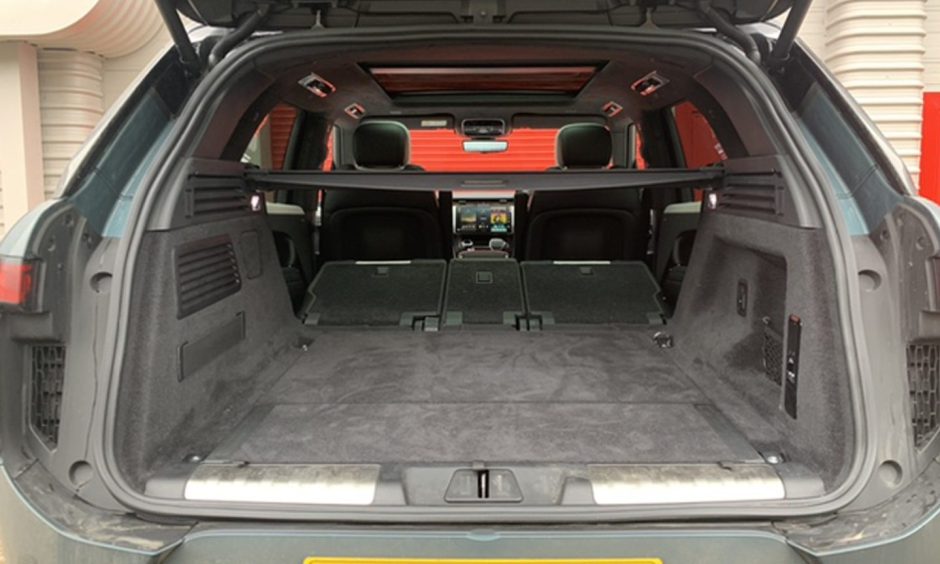
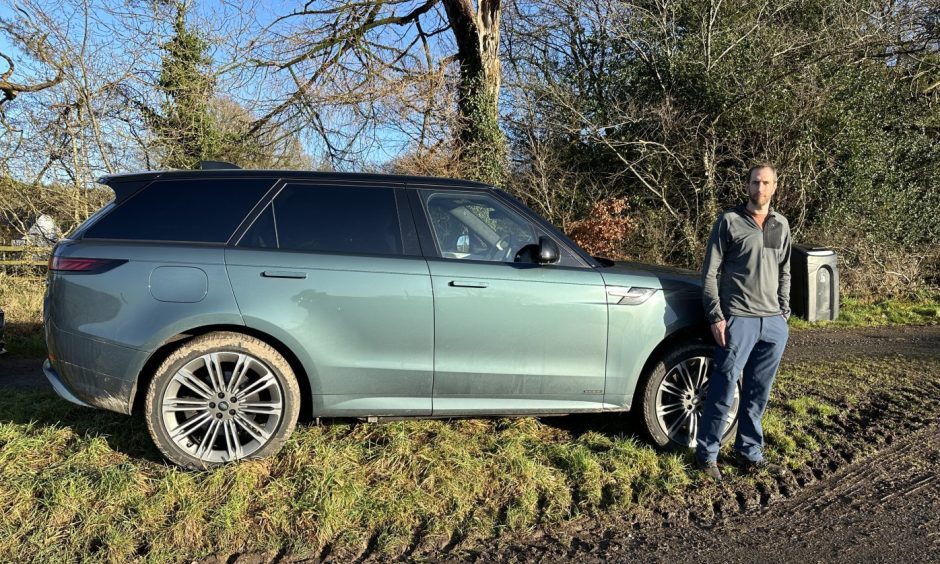
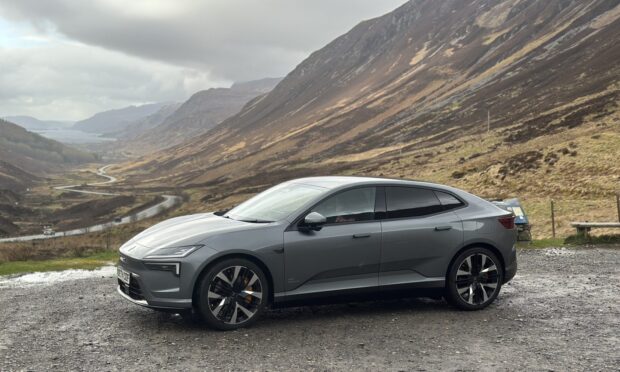
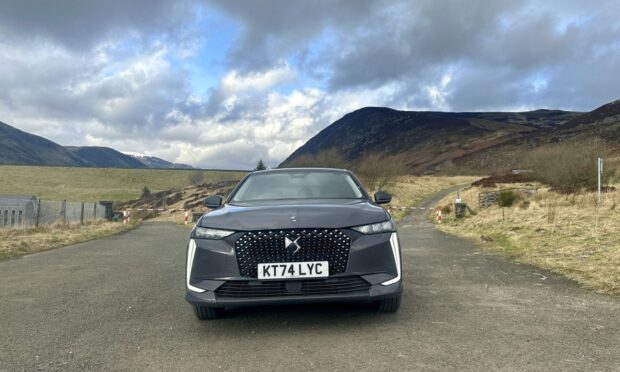
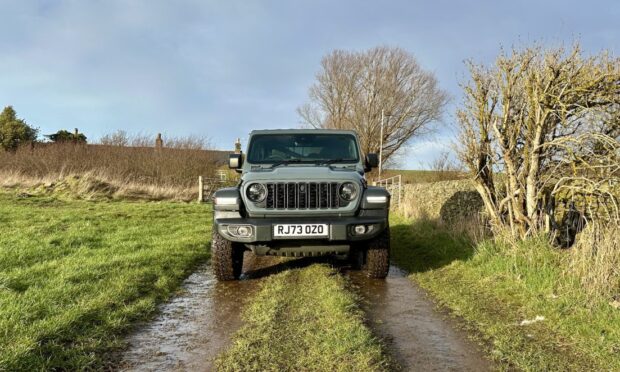
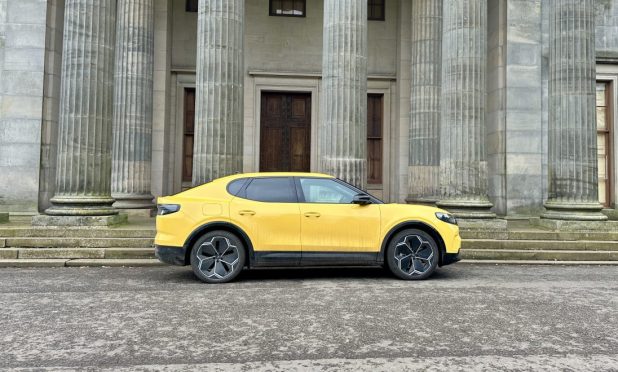

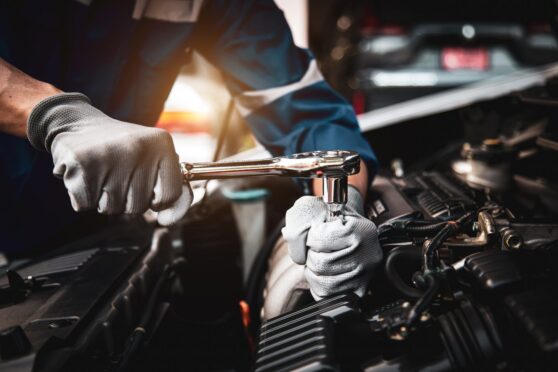
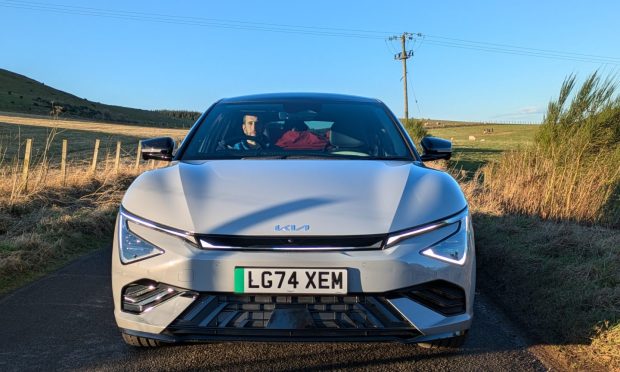
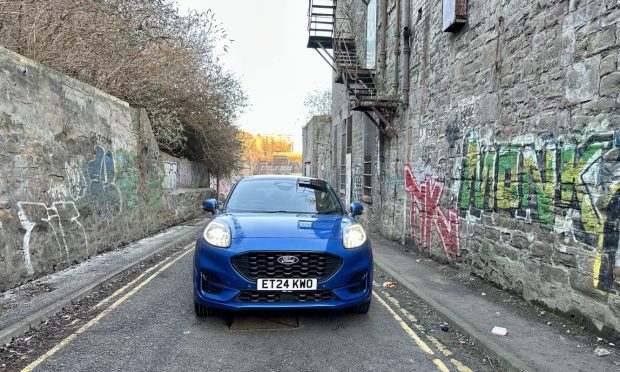
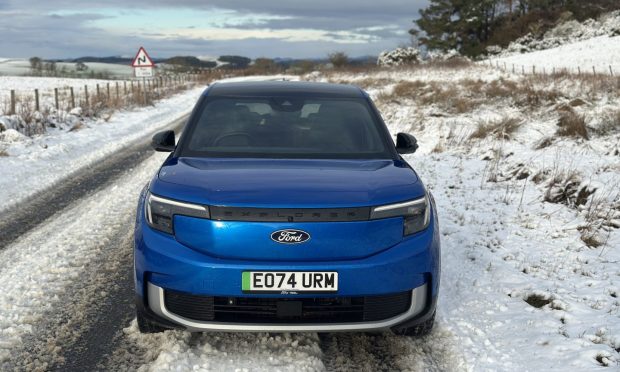

Conversation